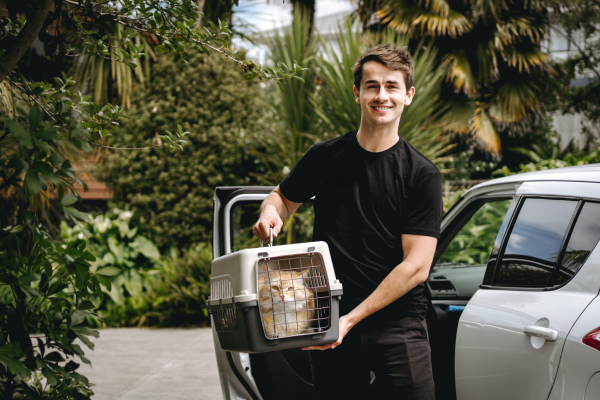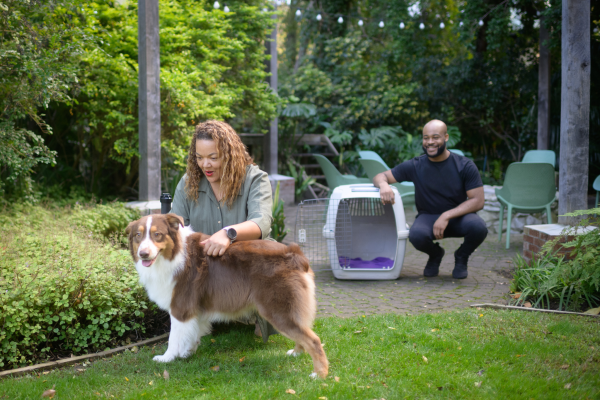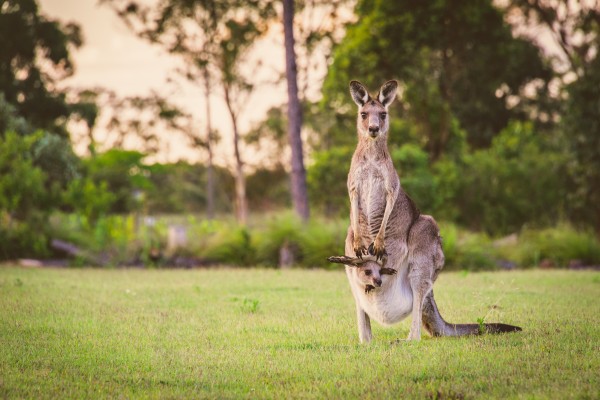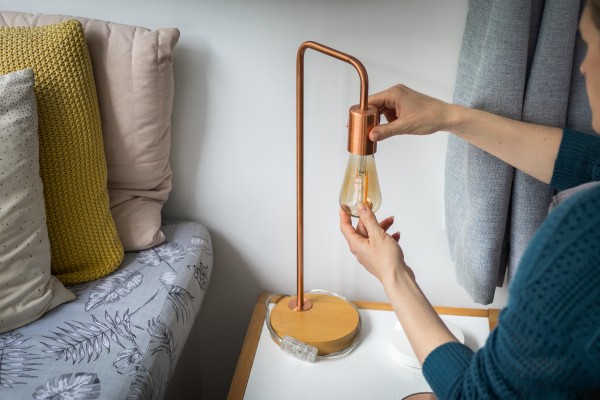Common household pests in Australia

Ahhhhh Australia, the land of sun, sea, surf and…… oh yeah, some of the world’s most deadly insects and critters. Unfortunately, when you live somewhere that is as connected to the natural world as Australia is, pests are aplenty.
If bugs, beetles, geckos and cockroaches give you the jeebies, fear not, in this article we’re covering how to deal with every uninvited visitor to your home (well almost all, this applies to household pests in Australia, not nosey neighbours or bothersome family members).
The 7 most common household pests in Australia
While Australia is famous the world over for its more deadly creepy crawlies, the most common pests in Australia are actually fairly harmless.
1. Cockroaches
At the top of the list of annoying household pests is the mighty cockroach. Known for its resilience and ability to thrive in even the most hostile of environments, living in Australia, you’re likely to see more than a few of these critters lurking in corners and homely hidey holes.
Identification of cockroaches
Australia is home to several species of cockroaches, with the most common being:
-
Australian cockroach: Approximately 3 inches long, brown with yellow edges on the thorax.
-
German cockroach: Smaller, about 1.5 inches, light brown with two dark stripes on the back.
-
American cockroach: Larger, up to 4 inches, reddish-brown with a yellow margin on the thorax.
These insects are nocturnal, often scurrying away when exposed to light. They have a flattened body shape, long antennae, and can run quickly, making them difficult to catch.
Dealing with Cockroaches
Managing a cockroach problem involves a combination of prevention, monitoring, and pest control.
-
Maintain cleanliness
Be sure to keep your kitchens and bathrooms clean by wiping down surfaces and clearing all traces of food. Tip: Stay on top of taking out the trash - rubbish bin with a lid is ideal.
-
Seal up all entry points
Check throughout your home for cracks, gaps, and holes, particularly around windows, doors, and pipes. Seal these openings to prevent cockroaches from entering.
-
Reduce humidity
Dehumidifiers can be helpful in creating an environment less conducive to cockroach survival.
-
Bait and traps
Pick up baits and traps from your local hardware store and place in areas of the home where cockroaches are most common. This includes kitchens, bathrooms and pantry cupboards.
-
Insecticides
If your cocky problem persists, consider using insecticides or bug bombs specifically formulated for cockroaches. Follow the manufacturer's instructions carefully and ensure pets and children are kept out of the space for the recommended amount of time as the fumes can be toxic.
-
Professional Pest Control
In some cases, it may be necessary to call in professional pest control services. They can provide targeted treatments and advice on long-term prevention. Many homes in Queensland, Northern Territory and some parts of Western Australia call in pest control on an annual basis for a full house service.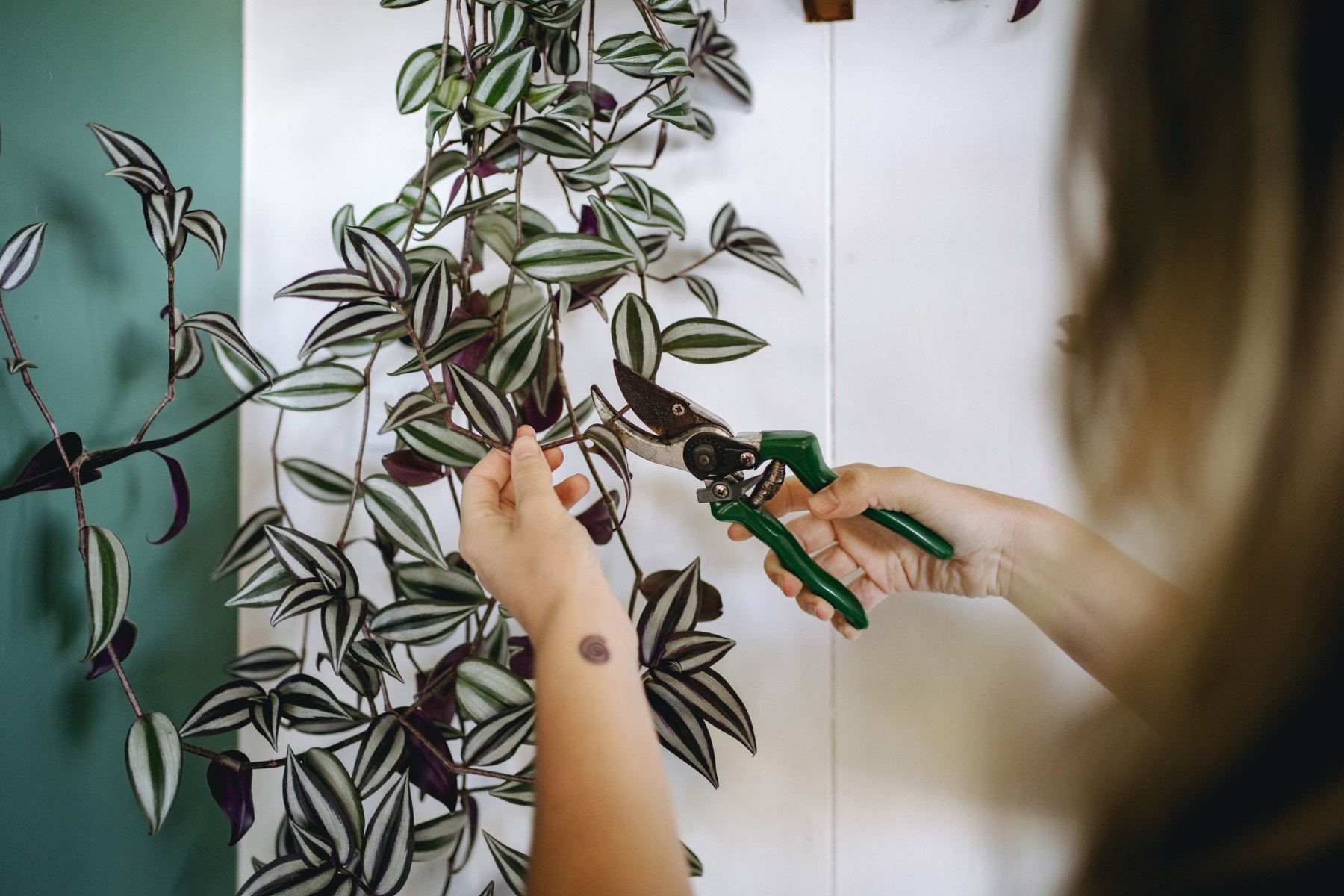
2. Ants
Ants are a common household pest across Australia, often invading homes, kitchens and cupboards in search of food.
Identification of household ant species
Australia is home to several species of ants that frequently invade homes:
-
Argentine ant: Small, dark brown to black, and known for forming large colonies. They are often found in kitchens and near food sources.
-
Black garden ant: Typically black or dark brown, these ants are common in gardens but can enter homes, especially during warmer months.
-
Coastal brown ant: Light brown and around 5 mm long, these ants are often seen in kitchen areas and can form large foraging trails.
Dealing with household ants
Managing indoor ants requires a combination of prevention and control strategies:
-
Maintain cleanliness
Ants have a habit of finding their way into containers, jars, sauce bottles and other food sources. If there’s a way in, they’ll find it. To avoid this ensure all food is tightly stored in airtight containers and all food particles are cleaned.
-
Use baits and traps
Ant baits containing slow-acting insecticides can be effective as the ants carry the bait back to their colony, helping to eliminate the entire nest.
-
Natural remedies
If you’re looking for a more natural approach to dealing with an ant infestation, vinegar, lemon juice, or essential oils (like peppermint) are all natural ant deterrents.
-
Professional Pest Control
Some larger infestations or stubborn species call for the expert help of a pest control professional. They can provide targeted treatments and help locate nests that may be difficult to find.
3. Spiders
Spiders are among the most feared of household pests, but not all are to be feared, in fact - some can even be helpful.
Identifying indoor spider species
-
Common house spider (Badumna insignis): Often gray or brown, these spiders can be identified by their long legs and distinctive webbing. They are non-aggressive and usually harmless.
-
Huntsman (Sparassidae): This is one of the biggest house spiders you’re likely to come across in Australia. Some species boast a leg span of up to 15 cm and they are usually brown or grey coloured. While they may look intimidating, these spiders are generally harmless to humans and actually aid in hunting other insects and smaller species of spider.
- Funnel-Web spider: Funnel web spiders are most common outdoors, under logs, leaf piles and garden beds but from time to time they do appear in the home. The Sydney funnel-web (Atrax robustus) is one of the most well-known species and is particularly associated with the Sydney region. These spiders can be highly venomous so it's best to be cautious if you think you may have an infestation and call out professional pest control.
-
Redback spider: Known for its distinctive red hourglass marking, the female redback spider is often found in sheltered areas, like sheds and under outdoor furniture, but can sometimes make its way indoors. They can deliver a painful bite but they are rarely fatal.
Dealing with household spiders
-
Limit outdoor lighting: Outdoor lights attract insects that in turn attract spiders.
-
Trim vegetation: By keeping your trees and bushes tidy and away from your home you eliminate potential spider habitats.
-
Professional pest control: If you have a significant spider problem or are concerned about venomous species, a pest control professional is your best bet.
4. Rodents
Home environments are the preferred habitat for rodents in Australia meaning there’s a fair chance you’ll experience an infestation at some point or another.
Identifying rodent species
The most common rodent species in Australian are:
-
House mouse (Mus musculus): Small, brown or gray, with large ears and long tails. These pests reproduce quickly so if you suspect an infestation it’s best to get onto it sooner rather than later.
-
Roof rat (Rattus rattus): You may not see roof rats but it’s quite possible you’ll hear them scurrying across your roof or attic.
-
Norway rat (Rattus norvegicus): Larger than house mice and roof rats, Norway rats are often found in basements and around garbage areas.
How to deal with household rodents
-
Seal entry points, gaps and cracks: Inspect your home for gaps, cracks, and holes, particularly around windows, doors, and pipes. Seal these openings to prevent rodents from entering.
-
Use traps and baits: Snap traps and live traps can effectively control rodent populations.
-
Professional pest control: Oftentimes the best approach to dealing with mice or rats is to bring in a professional. They will quickly identify entry points and nesting areas and can also assist with carcass removal.
5. Flies
We’ve all seen the stereotypical image of an Australian wearing a cork hat to keep the flies away from his face and it’s for good reason. Aussie flies are an absolute nuisance and can reproduce quickly.
Identifying fly species
-
House fly (Musca domestica): Recognisable by its grey body and large red eyes. Attracted to decaying food and waste.
-
Fruit fly (Drosophila melanogaster): Small and attracted to sugary substances and fermenting materials.
-
Blow fly (Calliphora spp.): These big metallic blue or green flies are attracted to decaying organic matter.
-
Flesh fly (Sarcophagidae): Similar to blow flies but these flies are attracted to meat and other animal products.
How to deal with household flies
-
Store food properly: Keep food covered and stored in airtight containers to minimise attraction.
-
Use traps: Sticky traps can capture flies and help monitor their activity.
-
Natural repellents: Certain natural repellents, such as essential oils (like peppermint or eucalyptus), can deter flies. Mix with water and spray around entry points and food areas.
6. Geckos
Geckos are members of the reptile family and while they can leave a little mess with droppings, they actually help control insect populations.
Identifying gecko species
-
Common house gecko (Hemidactylus frenatus): Typically grey or brown, this gecko can grow up to 15 cm long. They are most active at night.
-
Eastern stone gecko (Diplodactylus vittatus): This species is smaller and prefers rocky areas. They can occasionally be found indoors, especially in older homes.
-
Centralian rough knob-tail gecko (Nephrurus amyae): Known for their distinctive knob-like tail, these geckos are most common in desertland but occasionally come indoors.
Dealing with geckos
The best approach with geckos is to leave them be. They are an important part of the ecosystem and are actually helpful in managing other pests and bugs indoors. They tend to position themselves in areas of light source at night to hunt the bugs that are attracted. You can minimise this by keeping lights off.
7. Snakes
Snakes may be the most feared of all the household pests in Australia. Luckily indoor sightings are fairly rare, however if you do happen to come across a snake in your home it’s important to treat it with caution.
-
Eastern brown snake (Pseudonaja textilis): Highly venomous and known for its aggressive behaviour, the eastern brown snake is typically light brown to dark brown.
-
Tiger snake (Notechis scutatus): Recognisable by their banded pattern, the venomous tiger snake can be highly aggressive when threatened.
-
Red belly black snake (Pseudechis porphyriacus): These venomous snakes are recognised by their striking coloration. While these snakes are generally not aggressive, keep your distance.
-
Carpet python (Morelia spilota): These snakes typically have a pattern of black and yellow or gold, and they can grow up to 3 metres long. While not typically aggressive, it’s best to allow plenty of space and contact your snake catcher particularly if you have small pets or children.
Dealing with snakes indoors
-
Keep your distance: Even if you think the snake is non-venomous it’s best to keep a safe distance and remove pets or children from the area.
-
Limit its movements: If possible, and it’s safe to do so, contain the snake to one area of the home.
-
If it is safe to do so, keep an eye on where the snake is. This minimises risk of bites and enables easier identification / removal by a professional.
-
Call the professionals: Local snake catchers are trained in dealing with and relocating snakes safely.
-
Prevent rodent infestation: By minimising the risk of rodents, you are less likely to attract snakes.
House bugs and pests - proactive prevention
There’s no doubt that house bugs and pests can be a major nuisance in Australia, but they are just a part of the way of life. By taking the proactive and preventative measures we’ve outlined above, you’ll minimise their presence in your home. And, by getting to know the different bugs, creatures and critters local to your area, you’ll be more prepared when you do come face to face with them.

What do our customers say?









